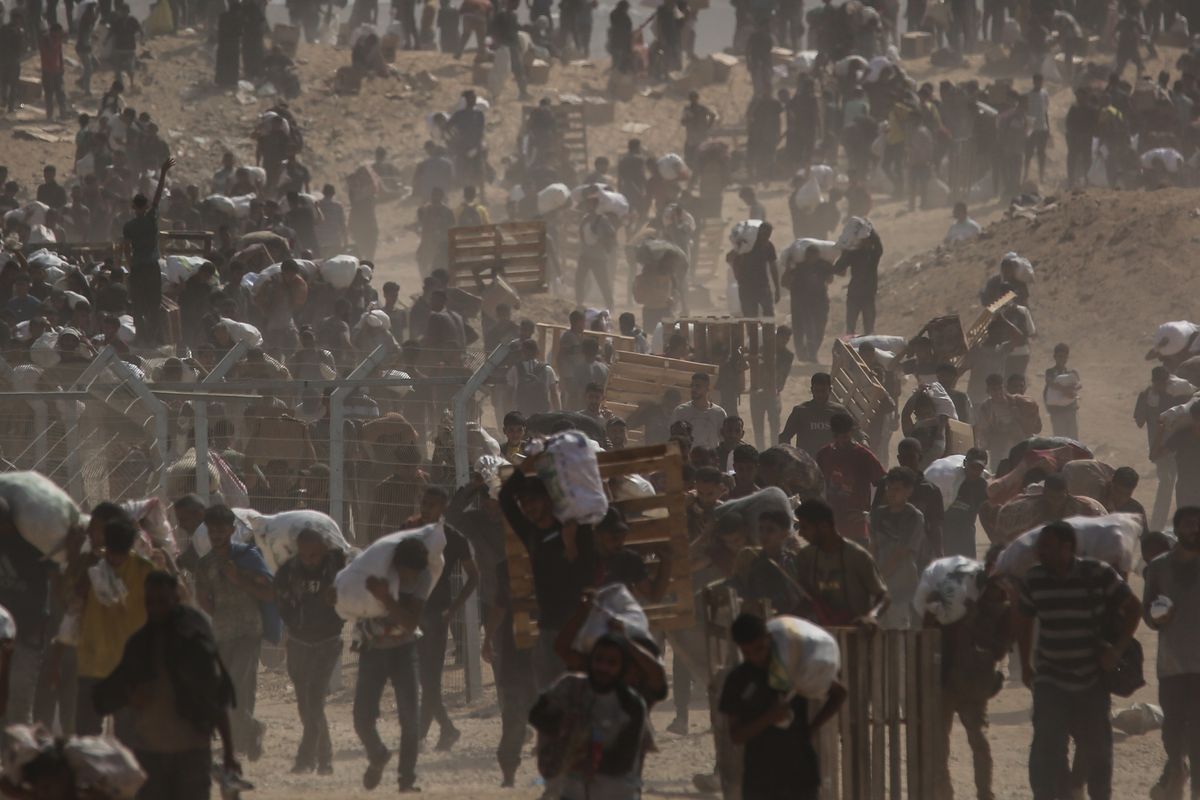The good news: all signs point to a final attack on ISIS in Mosul by Iraqi forces and the American-led coalition. This struggle has received much media attention, and even presidential campaign play, and for good reason. Both quantitatively (size of coalition forces, size of the city and population) and qualitatively (symbolic significance of Mosul, where ISIS leader al Baghdadi announced his Caliphate; complicated diplomatic, political, and humanitarian concerns impacting the battle), more is at play here than in earlier battles against ISIS.
The (potentially) bad news: Mosul is much more than a bigger version of the recent battle to retake Fallujah. Aside from the fight itself and the “day after” struggles, there are four interlocking strategic elements in play: restoring American military credibility; definitively destroying ISIS; deterring Iran; and saving Iraq. Thus, six campaigns hinge on what is about to happen in Mosul.
To understand the strategic campaigns, begin with Middle East basics: regional chaos, driven by violent Islamist forces challenging the state system and international order, in both Sunni extremist (ISIS, al Qaeda) and Shia extremist (Iran and allies) flavors, and a United States either misunderstanding the region (first Bush Administration) or failing to maintain order (the Obama Administration, apart from the Iran nuclear deal and, at times, counterterrorism).
A U.S.-led victory in Mosul will “win” the first strategic campaign—restoration of America’s reputation as the most effective military player. Successful defense of the regional order requires more than force. It will require diplomacy, energy policy, values, etc., but force is the sine qua non on which all else rests. Apart from Libya, the Obama Administration has only used force against terrorist groups, at times erratically (the Afghanistan withdrawal plan and lackluster initial reaction to ISIS). It has not contained Iran’s regional ambitions, dealt with with Syrian President Bashar Assad, or responded effectively to Russian entry into Syria.
Winning in Mosul doesn’t fix all this, but it will rehabilitate the U.S. military reputation and “balance” the horrific Syrian-Iranian-Russian destruction of Aleppo.
The second strategic campaign is against ISIS. ISIS is not the greatest regional struggle—that is Iran enabled by Russia. But it is the most urgent, the most immediately threatening to the American “homeland,” and the most popular internationally. It is also a struggle the U.S. and allies can quickly win. As the State Department’s ISIS coordinator, Brett McGurk, argued recently, the U.S. now has momentum against ISIS. Victory in Mosul will not spell the end of ISIS but will constrain it and set the stage for the final battle in its capital of Raqqa, Syria.
This Administration has not really engaged in the third, and most important, strategic campaign: to contain Iran, now allied with Russia, throughout the Middle East. While the next Administration must deal with this, doing so hinges on “clearing the decks” of ISIS and its diversion of U.S. attention first. While ultimately less threatening, ISIS, given its terrorist capabilities, must be the priority. But under the current circumstances, it is child’s play for Russia, Assad, and Iran to claim falsely that their priority is also to fight ISIS, and justify their brutal campaign in Syria by branding all who oppose them as “terrorists.’” Thus, Mosul needs to get done, now.
The fourth strategic campaign is for Iraq. How the Mosul battle and its aftermath play out will determine whether the country holds together. All three Iraqi factions—Sunni and Shia Arabs, and Kurds—are maneuvering troops around the city. It will also determine the U.S. role there after ISIS. Iraq, with its oil wealth and democratic constitution, is key to any regional struggle between Iran and Russia on one hand, and the region’s Sunni Arab states, Turkey, and Israel on the other. If Iraq holds together and maintains its precarious balance between Iran, the U.S., and the Sunni states, that could check the region’s descent into a Sunni-Shia cataclysm and help America contain Iran. But if Iraq’s oil rich Shia south falls into Iran’s hands, the combined oil and natural gas output of the two could overshadow Saudi Arabia’s and spark the reordering of the region to Tehran’s liking.
But the prerequisite for U.S. success in these four strategic campaigns is success in the two operational ones. First, liberating Mosul, and then avoiding humanitarian disaster and ensuring security and governance in the city the day after. The first may be easier. Massive Iraqi forces and U.S. firepower are deployed against an ISIS force of probably below 5,000 fighters. Still, ISIS could fight hard, and Iraqi forces are divided: army and police troops, Shia militias supported by Iran, Kurdish Peshmerga and PKK /PYD elements, and local Sunni Arabs supported by Turkey. Generating unity of effort will not be easy. There is at least a small chance this coalition could collapse.
However, these divisions will be even more significant the day after. At that point, the U.S. and Iraqi government then must secure Mosul against ISIS insurgents, provide humanitarian relief – though preparations are still inadequate – for up to one million Iraqis, and restrain the Turks and other allies, including various Kurds, and Iranian-backed Shia militias. Both the humanitarian and political challenges are daunting but not insurmountable. Key here is generating belief in the region that America is “all in” for the long term. With the four strategic campaigns hinging on America getting the battle and the day after right, the President must give both his entire attention.












